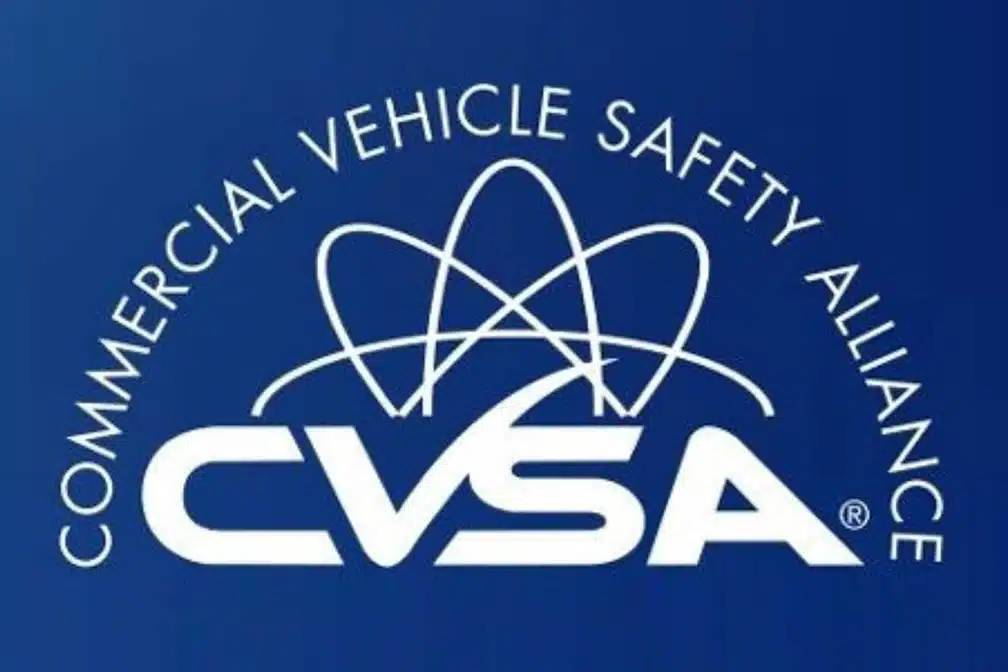Human trafficking, a modern-day form of slavery, thrives in the shadows of society, exploiting vulnerable individuals for profit. As the world grapples with this grave issue, "Truckers
More
May 15, 2024 10:05 am

Operation Safe Driver Week, organized by the Commercial Vehicle Safety Alliance (CVSA), is an annual event promoting road safety by cracking down on unsafe driving practices. The results of the latest Operation Safe Driver Week, held in July, have recently been released, shedding light on highway safety in the United States. While many media outlets report these results briefly, digging deeper into what the numbers reveal is essential.
During Operation Safe Driver Week, 11,448 traffic stops were conducted on trucks and passenger vehicles engaging in unsafe driving behavior. The outcome of these stops included 4,494 tickets and 5,756 warnings. To break it down further, trucks received 2,634 tickets and 4,592 warnings, while passenger vehicles received 1,860 tickets and 1,164 warnings.
Two critical patterns emerge from these statistics:
This stark contrast provides a clear indication of which group of drivers poses a more significant problem on the roads.
CVSA’s press release highlights that speeding was the central focus of Operation Safe Driver Week. This focus is justified by data that shows a surge in speeding incidents since the pandemic began in 2020, effectively turning some highways into the U.S. version of Germany’s Autobahn for certain drivers.
For speeding violations during the operation, there were 2,008 tickets and 2,200 warnings issued. Breaking down these numbers by vehicle type, truck drivers received 715 tickets and 1,575 warnings, while passenger vehicle drivers received 1,293 tickets and 625 warnings.
Let’s analyze these figures more closely:
Passenger vehicle drivers accounted for 64% of the speeding tickets issued and only 28% of the warnings. In contrast, truck drivers received 36% of the speeding tickets and a significant 72% of the warnings. Furthermore, it’s important to note that trucks are not typically cited for speeding violations of 1-5 mph over the limit. This suggests that a substantial portion of the warnings given to truck drivers fell within this category.
When it comes to the issuance of tickets, passenger vehicle drivers were cited 67% of the time when stopped for speeding. In stark contrast, truck drivers were ticketed only 31% of the time.
Another revealing aspect is that speeding among trucks tends to occur more frequently in lower-speed-limit areas due to electronic logs and speed-limited trucks. This paints a picture of passenger vehicles routinely driving faster than trucks, and as the data shows, they are more likely to be ticketed for their speeding violations.
The results of Operation Safe Driver Week unequivocally indicate that the real problem on the highways is not trucks but passenger cars. These statistics underscore the importance of road safety awareness campaigns and the need for continued vigilance in enforcing safe driving practices.
It is crucial to emphasize these facts, especially when discussing initiatives like a speed limiter mandate. Advocates for safe roads should consider supporting the DRIVE Act (S2671 in the Senate and HR3039 in the House), which aims to prevent the Federal Motor Carrier Safety Administration from pursuing such a mandate.
The data from Operation Safe Driver Week serves as a stark reminder that addressing road safety requires a holistic approach that includes educating and enforcing safe driving practices among all road users, with a particular focus on the behaviors of passenger vehicle drivers.
Human trafficking, a modern-day form of slavery, thrives in the shadows of society, exploiting vulnerable individuals for profit. As the world grapples with this grave issue, "Truckers
MoreIn a significant move that underscores the complexities of global trade and environmental policy, China has taken a firm stand against the United States at the World
MoreTruck Maintenance Costs Decline in Second Quarter 2023, Bringing a Glimpse of Relief and Positive News for Truck Drivers and the Trucking Industry.
MoreThe 2024 CVSA International Roadcheck is scheduled for May 14-16. Over 72 hours, inspectors across the US will conduct nearly
MoreAutomated License Plate Readers are a major advance in law enforcement technology but they raise significant privacy and oversight challenges.
MoreThe EPA's latest emission standards detailed in a final rule issued on March 29 are sparking vigorous debate within the
MoreRyder's latest white paper provides a comprehensive, data-driven analysis of the true costs of electric truck conversion across truck classes
MoreThe FMCSA has denied a CLP exemption request from Pitt Ohio Express that would include under 21 CLP holders in
More